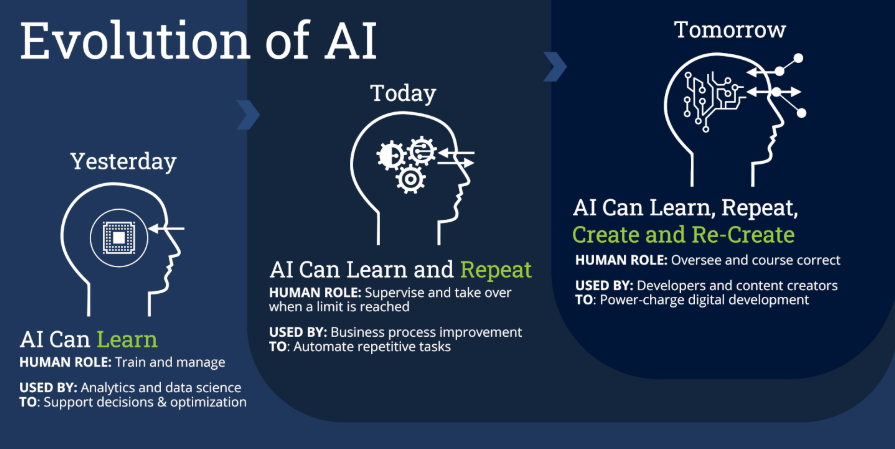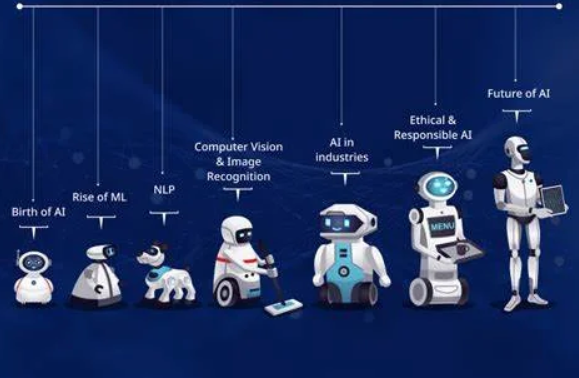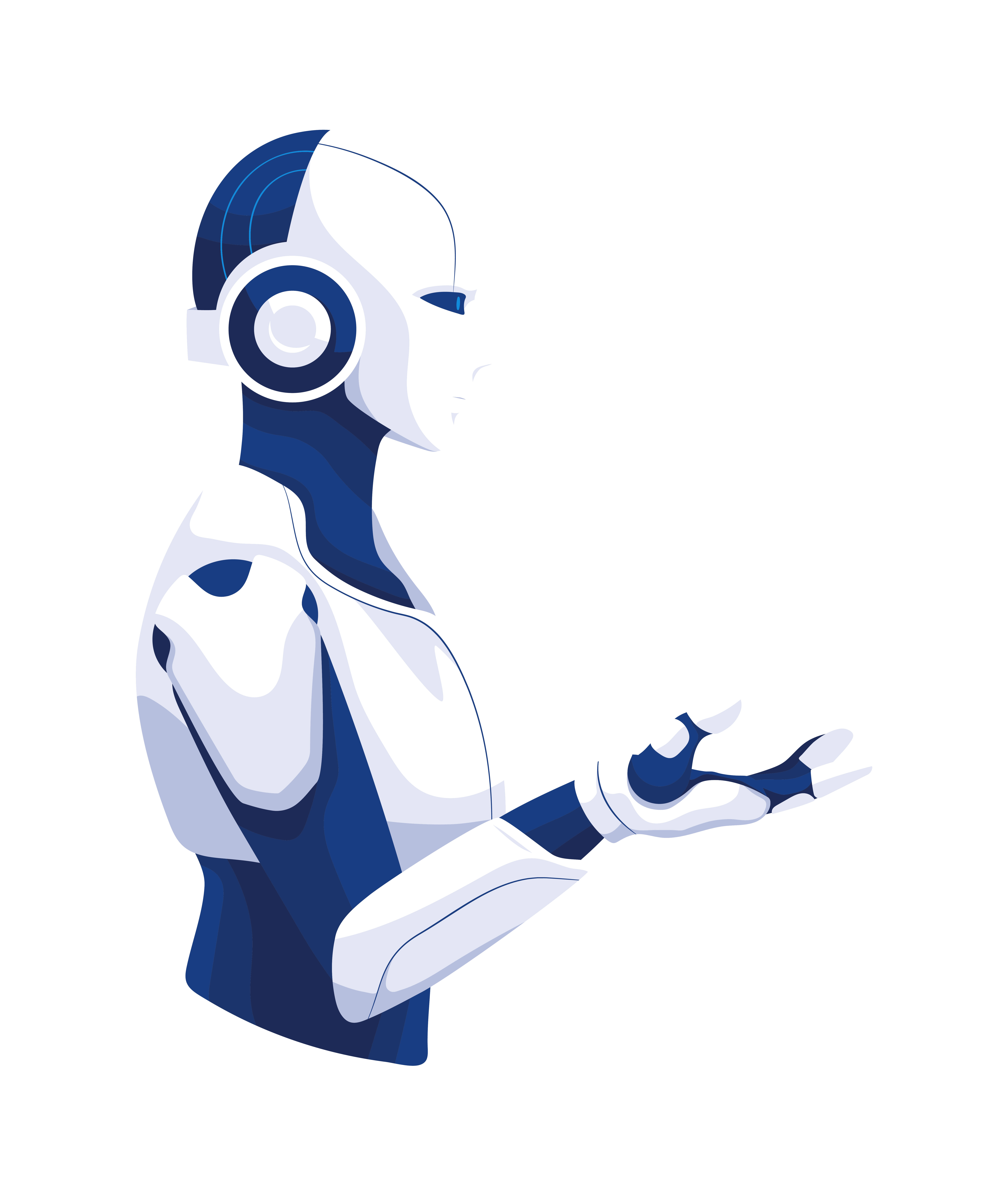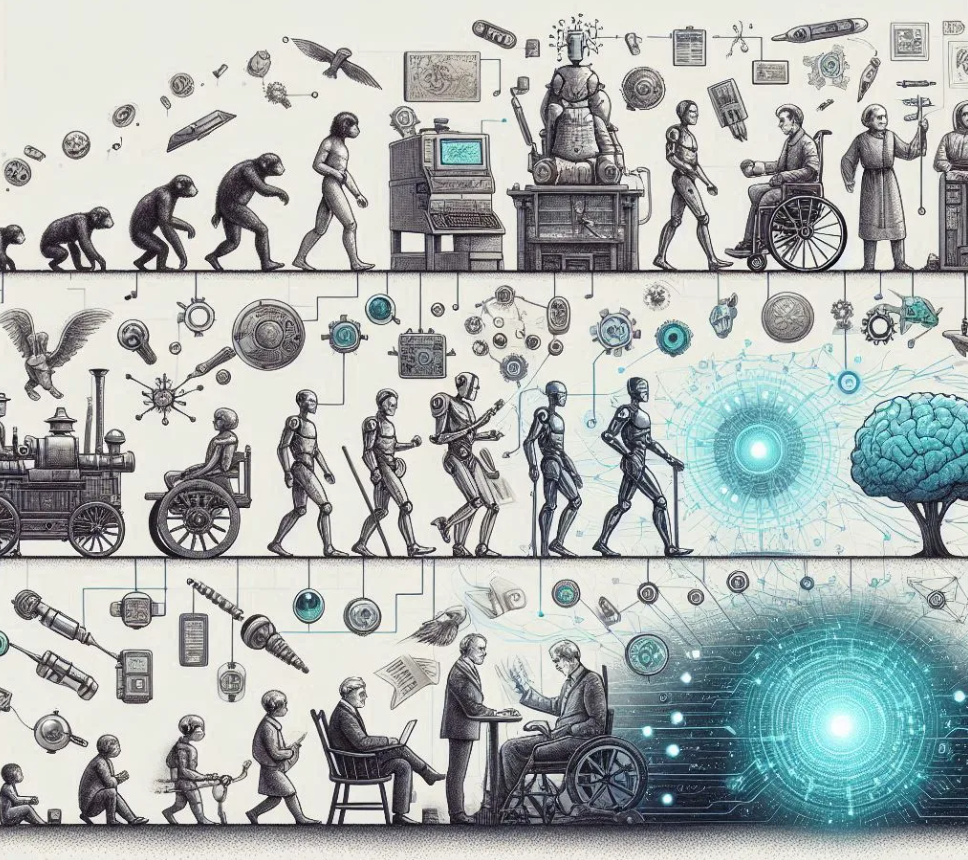History of AI
The origins of Artificial Intelligence can be traced back to intersecting branches of computer science and machine engineering in the mid 20th century where scientists started addressing the questions of how machines could simulate human reasoning functions. AI as a formal discipline was birthed in Dartmouth in 1956 after the coined term “Artificial Intelligence” was first used over there alongside the advancement in natural language processing due to simple reasoning based systems that ELIZA chatbot implemented during its psychotherapy simulations (Khan et al., 2021, p. 2).
Under delivering on promises made is historically problematic, leading to periods of funding reduction which we colloquially call "winters.” As seen in the 1980s with expert systems, research was reignited following decades of silent ‘winters,’ and machine learning saw a surge in development in the 2000s driven by computing capabilities, availability of big data, and improved algorithms.

Current AI technologies include ML, deep learning, and self-improving neural networks which you learn it from the experience. Khan et al. (2021), state that the acceleration of AI in recent years can be attributed to advances in microprocessor design, such as multicore CPUs and application-specific integrated circuits (ASICs) (p. 4). Today’s information systems do more complex processes like driving cars, recognizing images, and translating languages.
 AI was utilized to predict high-risk
SARS-CoV-2 variants, showcasing advanced AI capabilities in a
groundbreaking study done by Chen et al. (2023). Their work is a fusion
of AI and computational biology, employing a large protein language
model to hypothesize possible viral change. This system could evaluate
millions of mutations in record time (pp. 652–655), greatly speeding up
the development of treatments.
AI was utilized to predict high-risk
SARS-CoV-2 variants, showcasing advanced AI capabilities in a
groundbreaking study done by Chen et al. (2023). Their work is a fusion
of AI and computational biology, employing a large protein language
model to hypothesize possible viral change. This system could evaluate
millions of mutations in record time (pp. 652–655), greatly speeding up
the development of treatments.
|
Time Period |
Key Development |
Impact | |
|---|---|---|---|
|
1950s |
Conceptual roots of AI in computer science and machine engineering; term “Artificial Intelligence” coined at Dartmouth Conference (1956) |
Established AI as a formal academic discipline | |
|
1960s–1970s |
Early AI programs like ELIZA chatbot simulate psychotherapy conversations | Demonstrated potential for natural language processing | |
|
1980s |
Expert systems boom, followed by “AI winter” due to unmet expectations and reduced funding |
|
|
|
2000s |
Resurgence of AI with machine learning, big data, and improved algorithms | Sparked rapid advancements in AI capabilities | |
|
2010s |
Advances in microprocessor design (multicore CPUs, ASICs), deep learning, and self-improving neural networks | Enabled AI to perform complex tasks like self-driving cars, image recognition, and translation | |
|
2020s-Present |
AI applications in public health (e.g., predicting high-risk SARS-CoV-2 variants using protein language models) | Accelerated scientific discovery and real-world problem solving |

